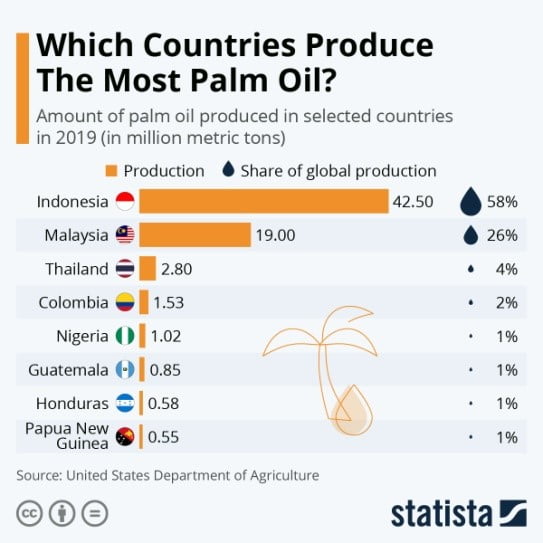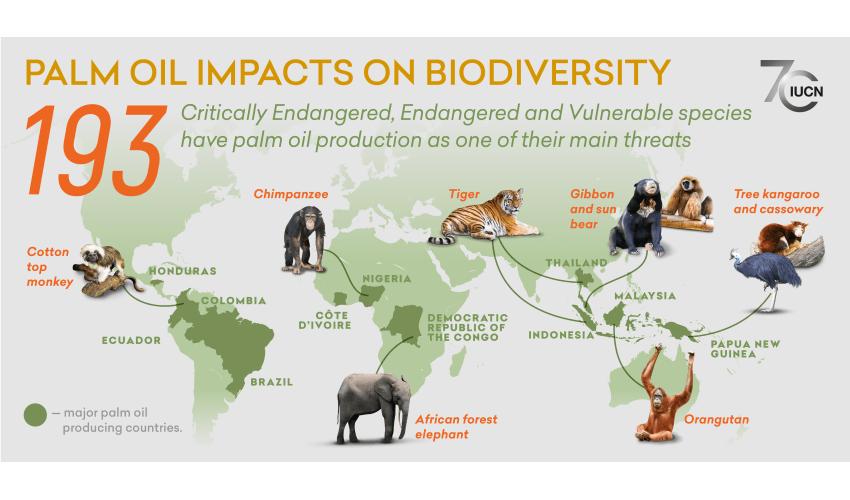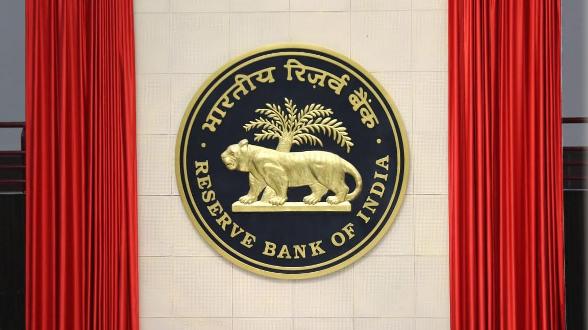National Mission on Edible Oil – Oil Palm (NEMO-OP) | UPSC | Why In The news ?
The proposal for National Mission on Edible Oil – Oil Palm (NEMO-OP) that was placed before the Cabinet has been approved.
What Is The Main Aim of This NEMO-OP Mission :
- The mission to push domestic palm oil production gains significance considering India imported nearly 133.5 lakh tonnes of edible oil in 2020-21 worth Rs 80,000 crore to meet the domestic requirement and the share of imported palm oil was around 56% followed by soyabean (27%) and sunflower oil (16%).
- Under this mission the government will focus on increasing the oil palm cultivation to 10 lakh hectares by 2025-26 and 16.7 lakh hectares by 2029-30.
- The Centre will provide some financial assistance to farmers to ensure that they get a good price for their produce.
- It will work out the formula price and the viability price of the produce.

National Mission on Edible Oil – Oil Palm (NEMO-OP) | UPSC
| India Palm Oil Import In 2020-21 |
|
| Different Edible Oil imported By India |
|
| Target Under This Mission |
|
| Weather Conditions Best Suitable For Palm oil Cultivation |
|
About Palm Oil :
- Palm oil is used in food, cosmetics, cleaning products and biofuel, and only grows in the biodiversity-rich tropics.
- Palm oil is important for global food security and economic development.
- Palm oil production increased 15-fold between 1980 and 2014 and will likely increase further.
- Palm oil is an edible vegetable oil derived from the mesocarp (reddish pulp) of the fruit of the oil palms.
- Along with coconut oil, palm oil is one of the few highly saturated vegetable fats and is semisolid at room temperature.
- It is resistant to oxidation and so can give products a longer shelf-life; it’s stable at high temperatures
- The oil is used in food manufacturing, in beauty products, and as biofuel.
- Its use in the commercial food industry in other parts of the world is widespread because of its lower cost.
- Indonesia is the largest producer of palm oil, followed by Malaysia – both countries account for 84% of the worlds palm production.
- Globally palm oil supplies 35% of the world’s vegetable oil demand on just 10% of the land.
Read Also : Right to Protein Movement | UPSC
Largest User Of Palm oil :
- The largest user of palm oil are India (9.4 million tonnes) and Indonesia (6 million tonnes) – countries in which palm oil is traditionally used for cooking.
- The EU is the third-largest consumer of palm oil.
Largest Importer Of Palm Oil :
The largest importer of palm oil is
- India (19 per cent)
- The European Union (15 per cent, 7.3 million tonnes)
- China (14 per cent) (Index Muni, 2020).
India And Palm Oil :
- In India, oil palm is being cultivated in 13 states.
- Potential states are Andhra Pradesh, Gujarat, Karnataka, Tamil Nadu and Bihar.
- Andhra Pradesh (83.5 percent) along with Telangana accounts for about 97 percent of India’s 278,000 tonnes of crude palm oil production.

Concerns Associated With Palm Oil Production
| Environmental impacts |
|
| Social impacts |
|
|
Palm oil and Biodiversity |
|
What can We Do For Minimizing Impact Of Pal Oil Cultivation On Biodiversity ?
- Palm oil need to be produced more sustainably.
- Zero deforestation (including of secondary forest)
- No planting on peat
- Stricter targets to reduce greenhouse gas emissions
- A prohibition on the use of fire to clear land.
- A requirement to keep soils healthy and to prevent erosion.
- Safe pesticide use.
Roundtable on Sustainable Palm Oil or RSPO
- It was formed in 2004.
- The Roundtable on Sustainable Palm Oil was established in 2004 with the objective of promoting the growth and use of sustainable palm oil products through global standards and multistakeholder governance.
- The seat of the association is in Zurich, Switzerland, while the secretariat is currently based in Kuala Lumpur, with a satellite office in Jakarta.
- RSPO currently has 4,706 members from 94 countries
Vision & Missions :
- Advance the production, procurement, finance and use of sustainable palm oil products
- Develop, implement, verify, assure and periodically review credible global standards for the entire supply chain of sustainable palm oil
- Monitor and evaluate the economic, environmental and social impacts of the uptake of sustainable palm oil in the market
- Engage and commit all stakeholders throughout the supply chain, including governments and consumers.









